What is an heirloom? Traditionally families pass on things of value to the next generation, while the stuff of daily life—juice glasses, stepladders, clothes hangers—gets dumped in donation boxes or, worse, tossed. We say, treat these humble tools as valued objects and keep them in use.
In our latest book, Remodelista: The Low-Impact Home, we rounded up 75 beloved vintage items, many from our own childhood homes. Among these favorites are everyday kitchen implements, including the 12 examples presented here, better made than today’s versions and lovely to look at, battle scars and all.
These goods are the eco-friendly answer when adding to your kitchen arsenal because they keep existing materials in circulation. All are easy to c0me by, whether as hand-me-downs or affordably priced on eBay, Etsy, and at thrift stores, flea markets, and tag sales, among other places. Even nonprofit Goodwill now posts offerings online. And for those willing to hunt and peck, there are listings of free items on Buy Nothing, The Freecycle Network, Craigslist, Facebook Marketplace, and other sites. But the best way to begin is by assessing your own holdings and then browsing the castoffs of family members and friends. You’re likely to come away with a collection of better-for-wear household staples that will make you happy every time you reach for them.
Photography by Justine Hand for Remodelista: The Low-Impact Home.


Produce washing tip that I learned from Gourmet executive food editor Kemp Minifie: Rather than rinsing fruit and vegetables under a running faucet, give them a bath. Immerse and swirl them in a bowl of water, then drain in a colander. This uses less water and provides a better cleaning.

To clean boards: sprinkle with coarse salt and scrub with half a lemon. Allow the paste that forms to sit for a few minutes, then rinse, dry thoroughly, and rub with a food-safe finish such as beeswax paste.

Word to the wise: keep your Pyrex measuring cups out of the dishwasher if you want to preserve their markings. Design details worth noting: The indent at the top of the handle serves as a thumb rest. Older versions, such as this one, have D-shaped handles; the open handles on more recent models allow for stacking.



Word of advice from having grown up with a black wooden bowl just like this one: We were under the impression that soap was a no-no on wood, and our nightly salad bowl developed a sticky finish. So use soap as needed and season on occasion with food-grade mineral oil.
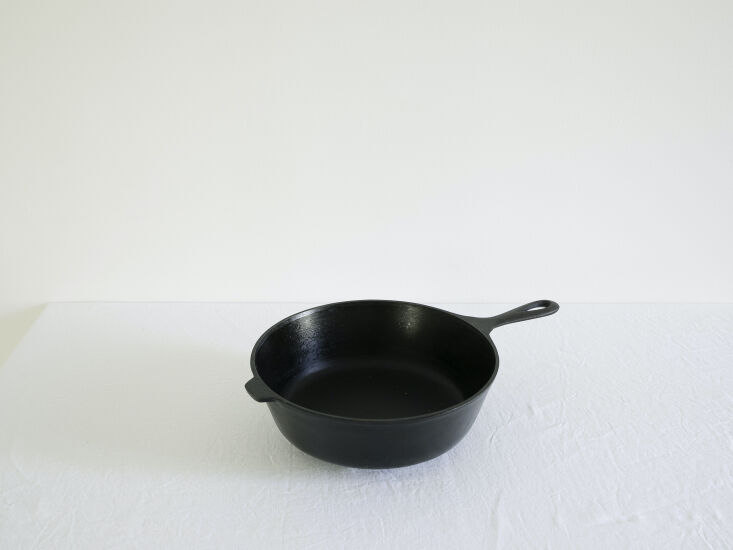
Collectors note: Early 20th-century cast-iron cookware is slightly thinner and smoother than its modern counterparts. Vintage Griswold, Wagner, and Wapak, all now-defunct American makers, have a big following. Look for their logos on the undersides. Unmarked vintage cast-iron, such as Lodge’s—it’s now the oldest family-run foundry in the US—are just as good and less pricey.

You’re not seeing things: The current bestselling Kaico kettle by Japanese designer Makoto Koizumi is unmistakably an homage to the Copco classic.

Some versions, such as Anchor Hocking’s Fire-King line, can be popped in the oven, and all are perfectly presentable as serving dishes. They’re not air tight, so if that’s a requirement, such as for storing coffee beans, consider a mason jar. I’ve been picking up these glass containers at flea markets for ages—these three are in heavy rotation at my house–and you can find a wealth of choices online by searching “refrigerator dish” and “vintage glass refrigerator container.”


For a deeper dive into the world of vintage everyday goods, check out Remodelista: The Low-Impact Home.
Also browse our Antiques & Vintage archive for more ideas and inspiration, including:
- 10 Antique and Vintage Finds on Our Editors’ Holiday Wish Lists
- Artist Residence: Patricia Larsen Used Salvaged Materials to Reinvent Her Mexican Casa
- The Table as a Space Where All are Welcome: Ajiri Aki on Design
- How to Buy Goods on Craigslist: 10 Tips for the Discerning Bargain Hunter
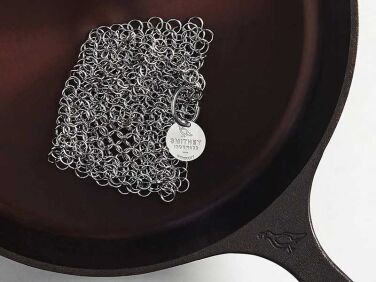
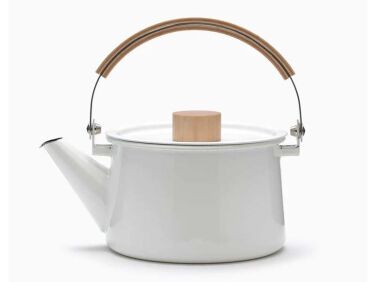
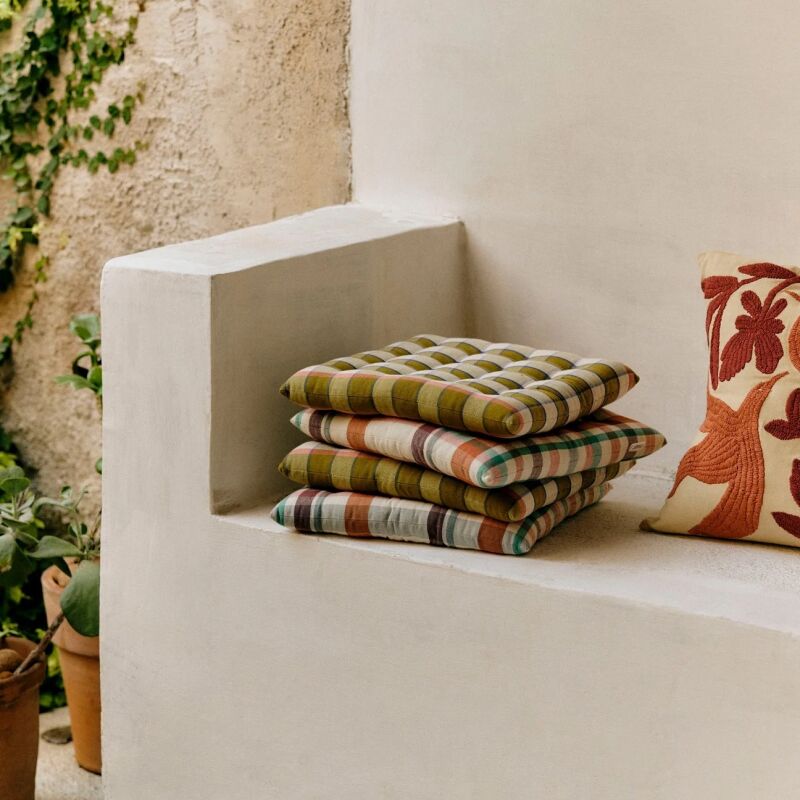
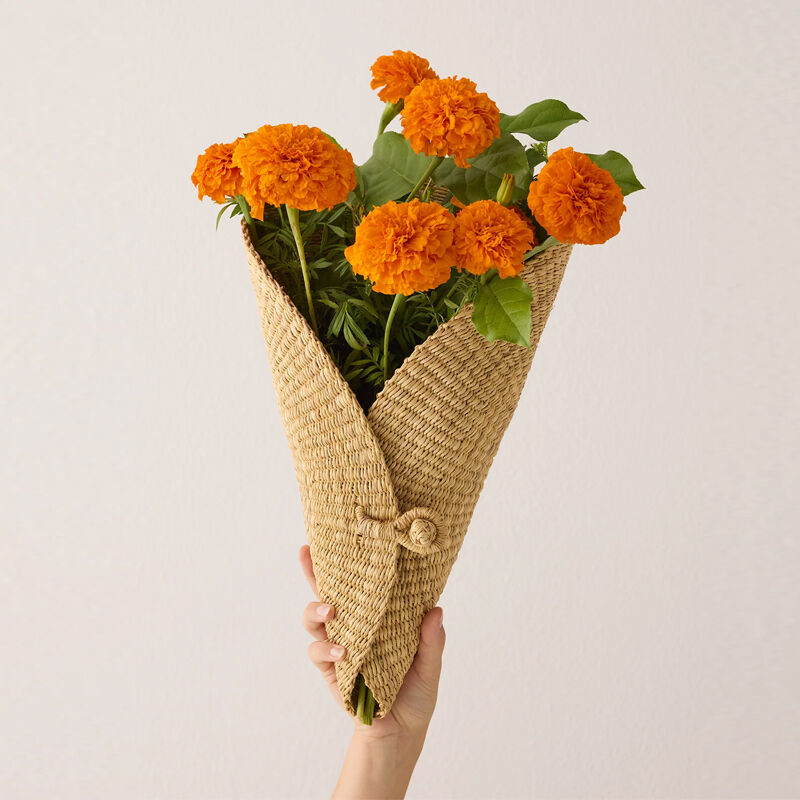
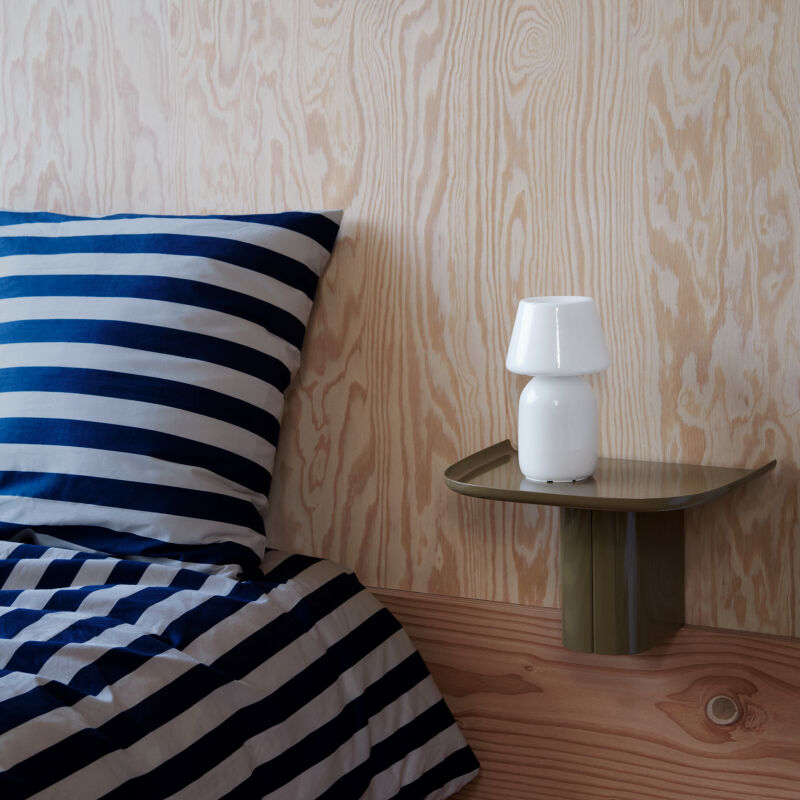

Have a Question or Comment About This Post?
Join the conversation (2)